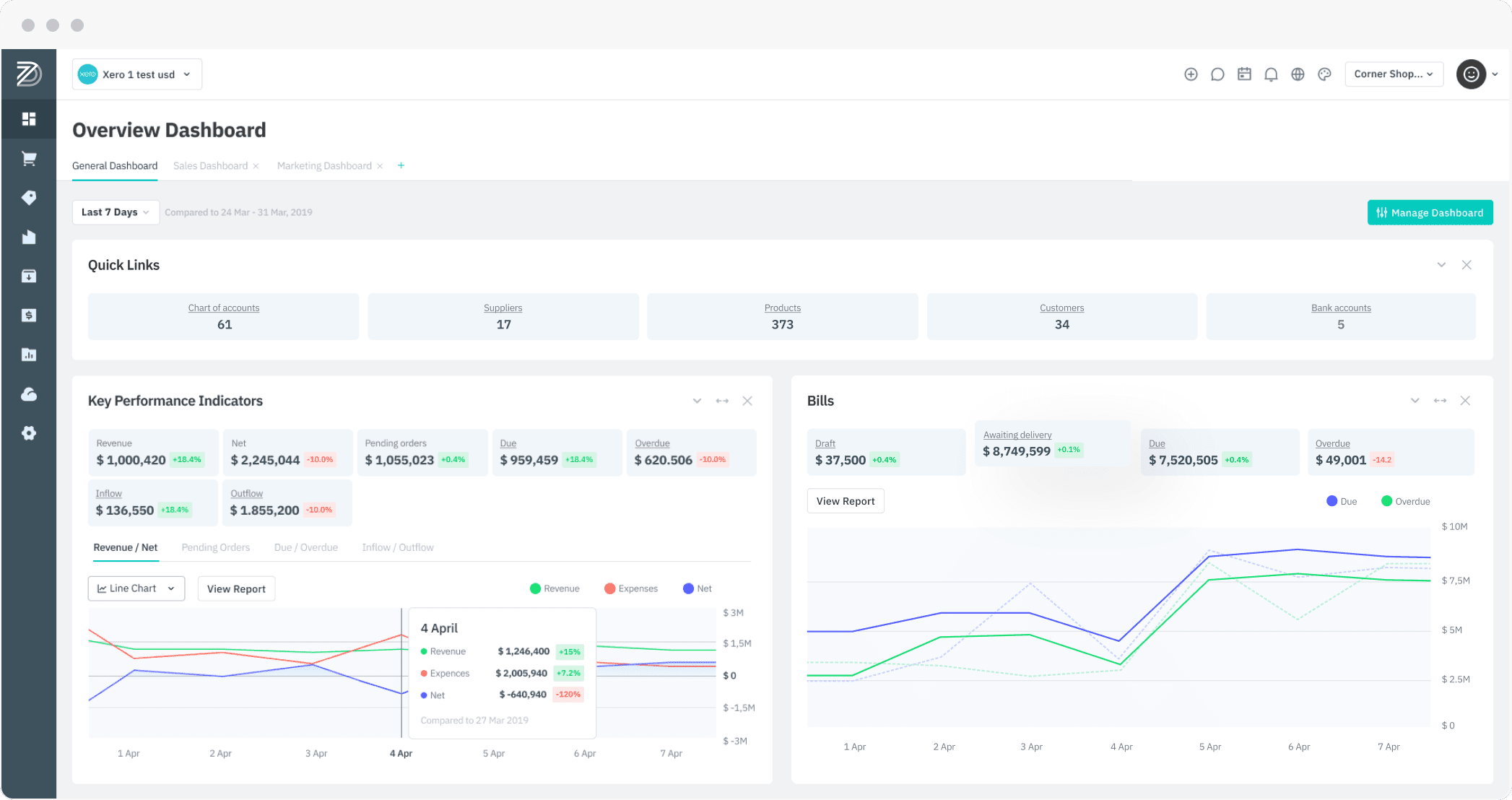The cost of fuel is high right now; this impacts your logistics operations. Typically, a logistics company – a company that’s responsible for moving goods from one place to another – will base the fee it charges for transportation on the amount it paid for fuel the week before. On this calculation, sometimes the company may be up on the deal and sometimes it may be down. In other words, if the price of fuel increases in a given week, the logistics company will lose out, but if it decreases they’ll make extra profit. While that’s all part of normal operational costs, when oil prices fluctuate rapidly, as they have been doing in 2022, a degree of chaos is introduced into the process and everyone loses out. This can impact your logistics costs and require new calculations as to what you charge your own customers.

The impact of soaring fuel prices on logistics
According to YCharts, the retail price of diesel per gallon in the US was $5.34 on October 24, 2022. That’s an increase of 45.49% from the $3.67 price it sold at only one year earlier. It stands to reason that a sharp rise like that is going to have consequences for your business logistics.
Companies will look for cheaper ways to move their goods
When fuel becomes too expensive, the first impact may be that you turn away from trucking and use other, cheaper types of transport to move your goods. This could slow down delivery for some of your products.
When it comes to shipping, these are the options:
- By truck: Transportation costs depend directly on diesel prices. To cover these costs, trucking companies place a surcharge on their service bills; this includes the cost of fuel on the return journey, when the trucks might be empty.
- By boat: While this is often the cheapest way to transport goods, it’s slow. High fuel prices could slow it down even more because reducing the speed of the vessel is a way of using less diesel. Bottom line, though, is that this mode of transport is only good for moving goods from one country to another, one continent to another, not from one side of a country to another.
- By air: Airplanes are the most expensive way to move goods. Like all crude-oil derivatives, jet fuel costs have risen significantly recently. Flights have always been of limited use for transporting goods, but now with fewer of them and higher charges, they’re becoming less and less viable. Even FedEx – which famously has been able to move packages quickly and efficiently by using its own planes to fly everything to a central hub and distribute from there – increased its fuel surcharges in April of this year.
- By train: This is by far the best option when fuel prices are high, and more companies are turning to it to move their goods. Locomotives do have diesel engines, but they’re only there to drive electric motors on the axles, which actually move the train along the tracks. Plus, railcars can transport tons of goods at once.
Choosing the right shipping method when fuel prices are high can help reduce your costs, but could also impact your on-time delivery of products to your customer. One way to reduce the lag in delivery is to focus on better inventory management.
Managing inventory to mitigate fuel costs
When fuel costs rise, you may want to overstock on inventory to reduce the number of times you have to pay for transport. On the other hand, you may also want to consider offering more locally produced/manufactured items for the same reason. Whatever your strategy, a good inventory management system, like DEAR Systems can be of great help. An inventory management system keeps an eye on stock at every facility, and reorders only when there’s a need to do so.
Manufacturers may also want to consider moving closer to markets to reduce the distance from factor to retailer. This might mean moving to an area where costs are lower, or keeping a good stock of essential raw materials to avoid having to pay higher transportation costs to get more. DEAR Systems can help by giving a 360-degree, real-time view of your production costs. This can really help a company plan and adjust their production process.
A final way to manage inventory to mitigate high fuel costs is to focus on forecasting. Examining historical sales data and comparing prices from different supplies are part of purchase planning. Dear Systems has integrated purchase order software that can help you make smart choices in planning your purchases.
Summing up
Higher transportation costs are a fact of life at the moment. As is to be expected, they have an impact on your logistics. While we have to live with this right now, you can take steps to mitigate the damage and maintain good profit margins.
DEAR Systems can help you with this. To find out more, call one of our experts today.






